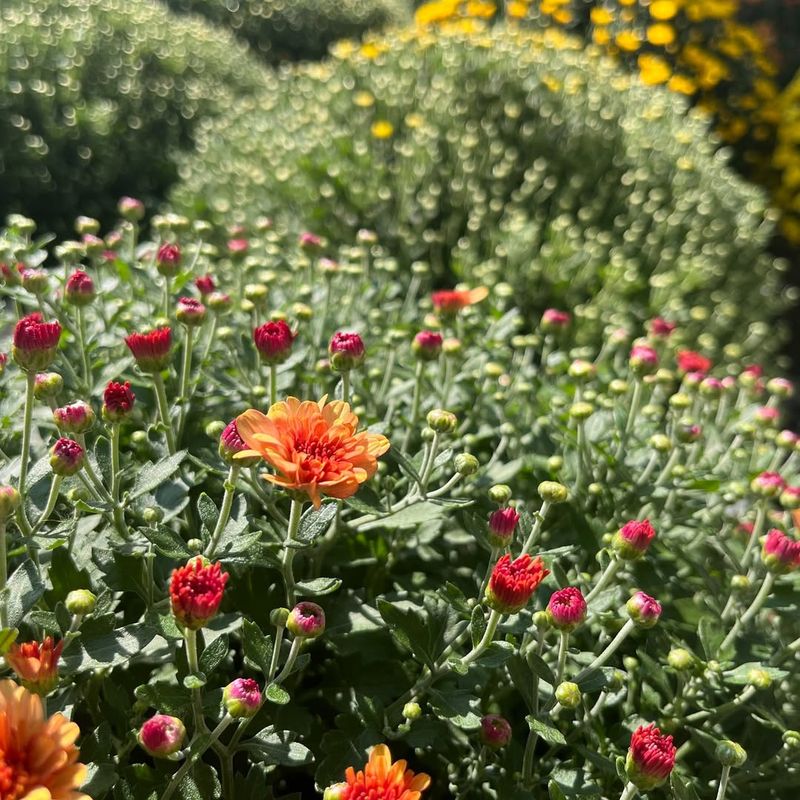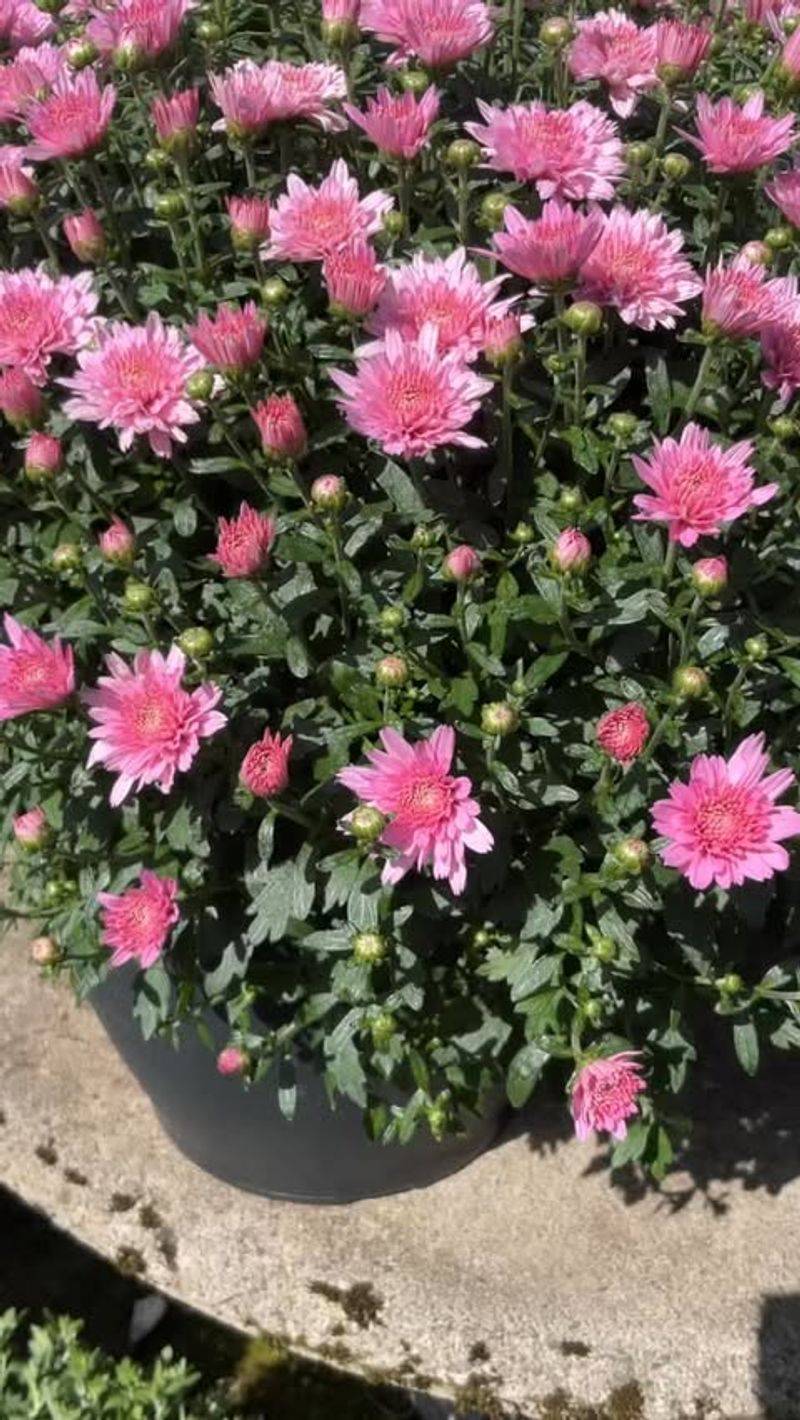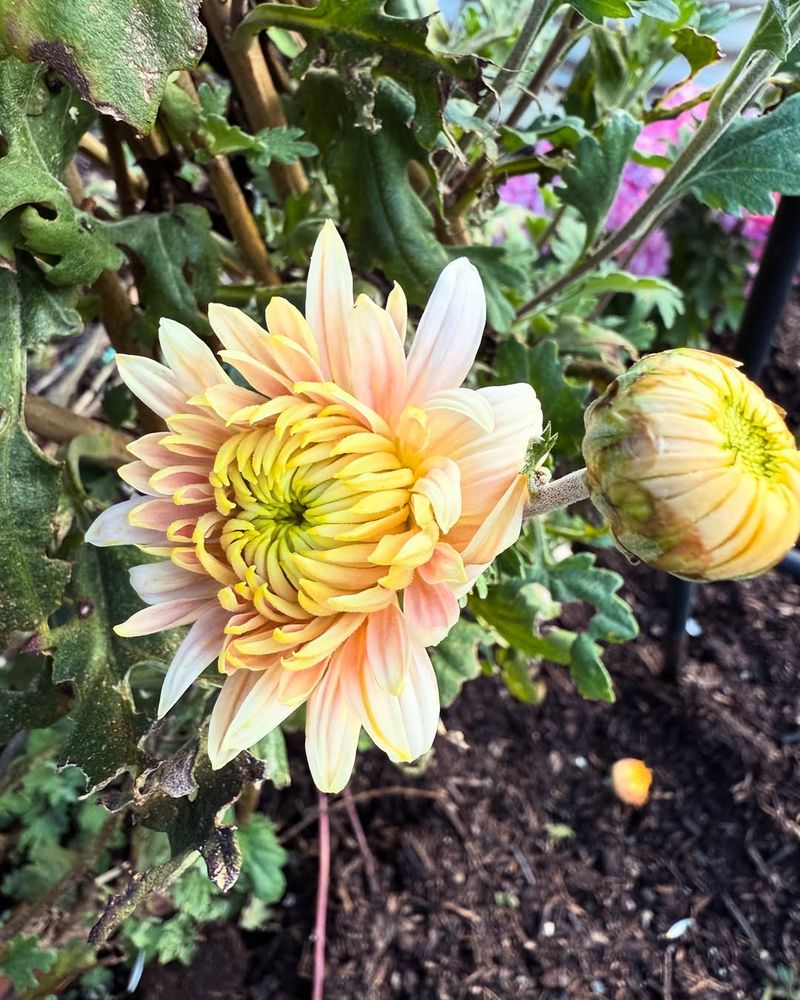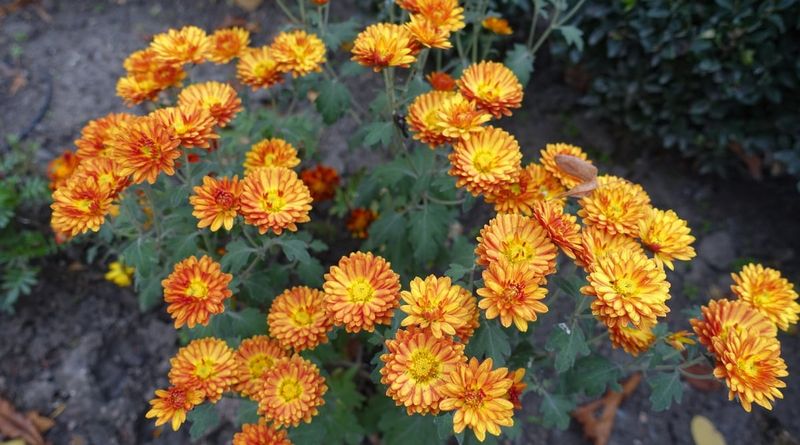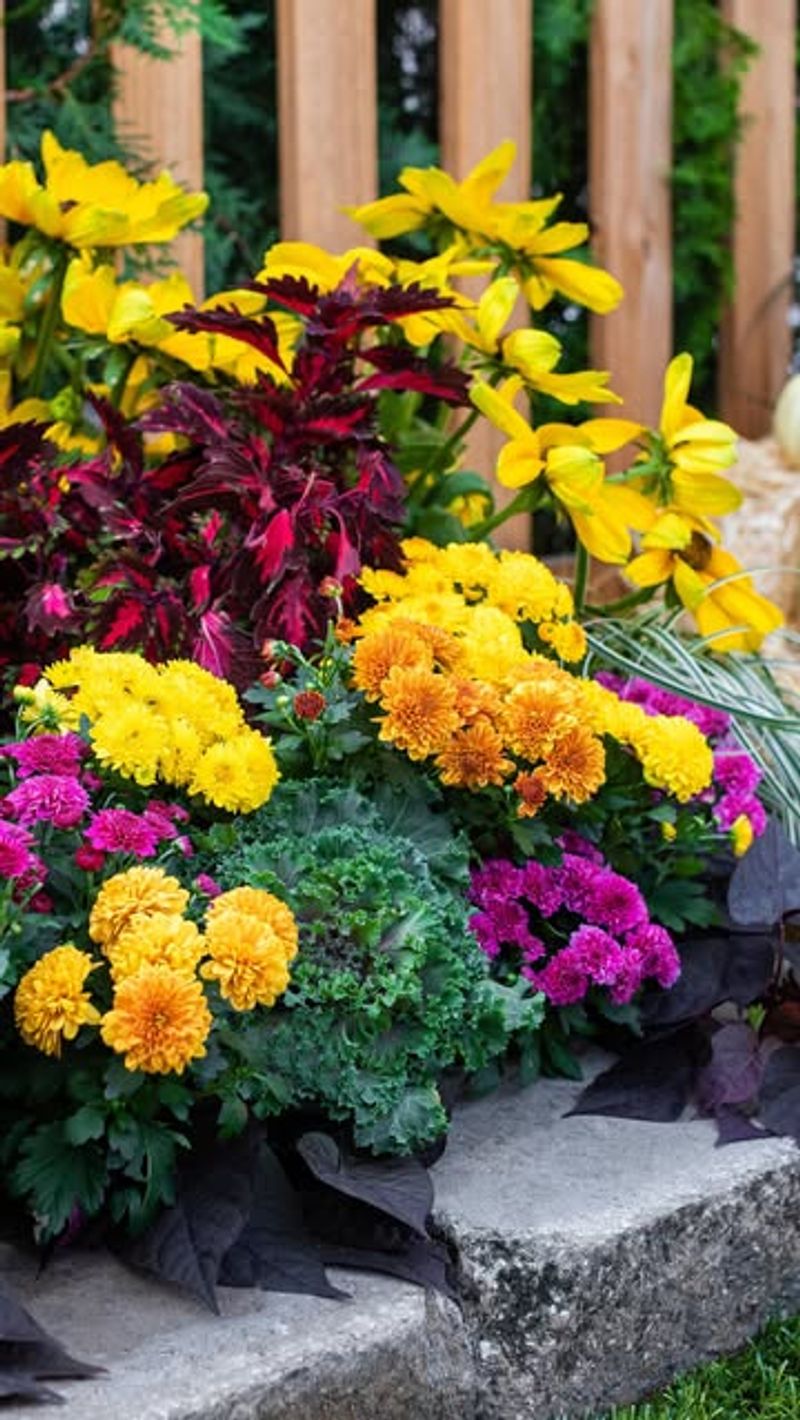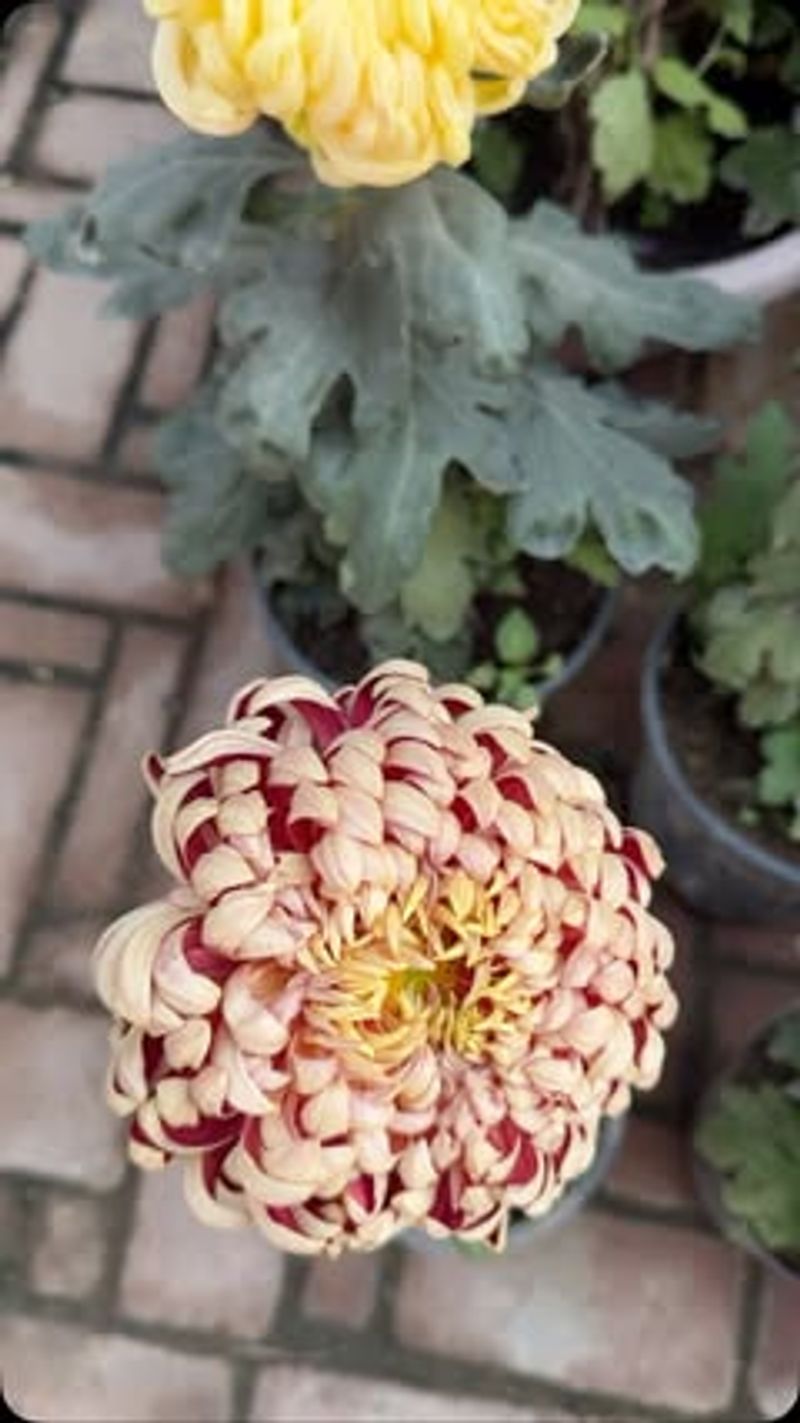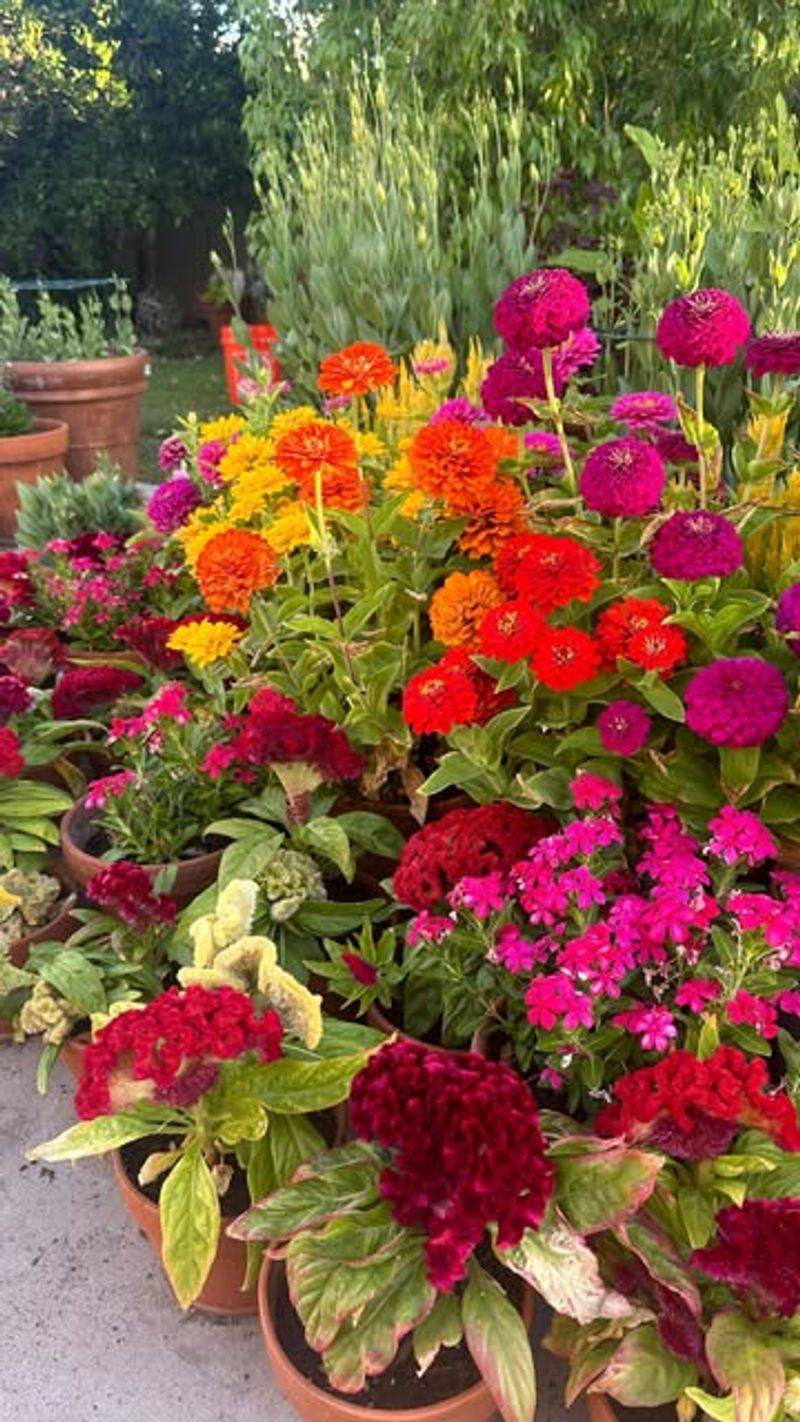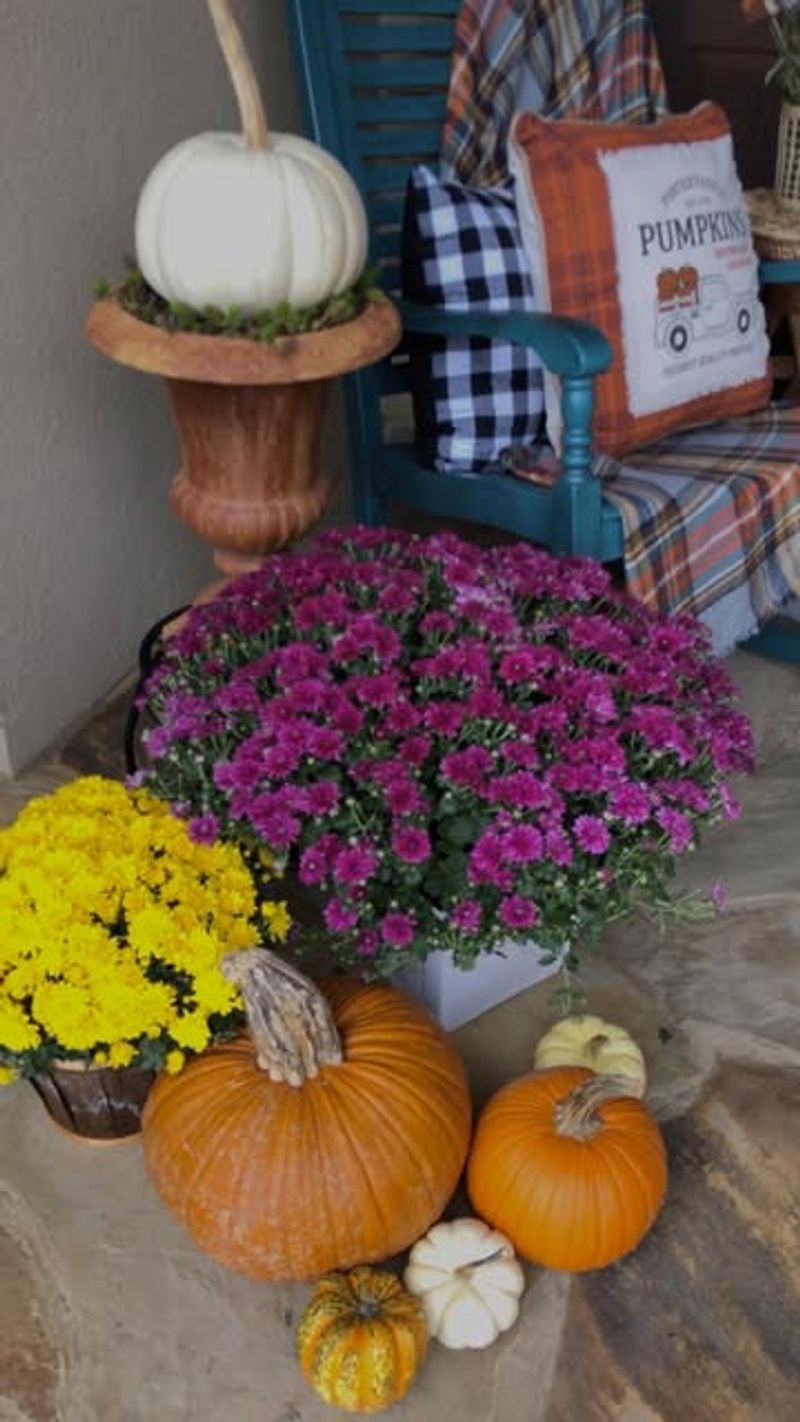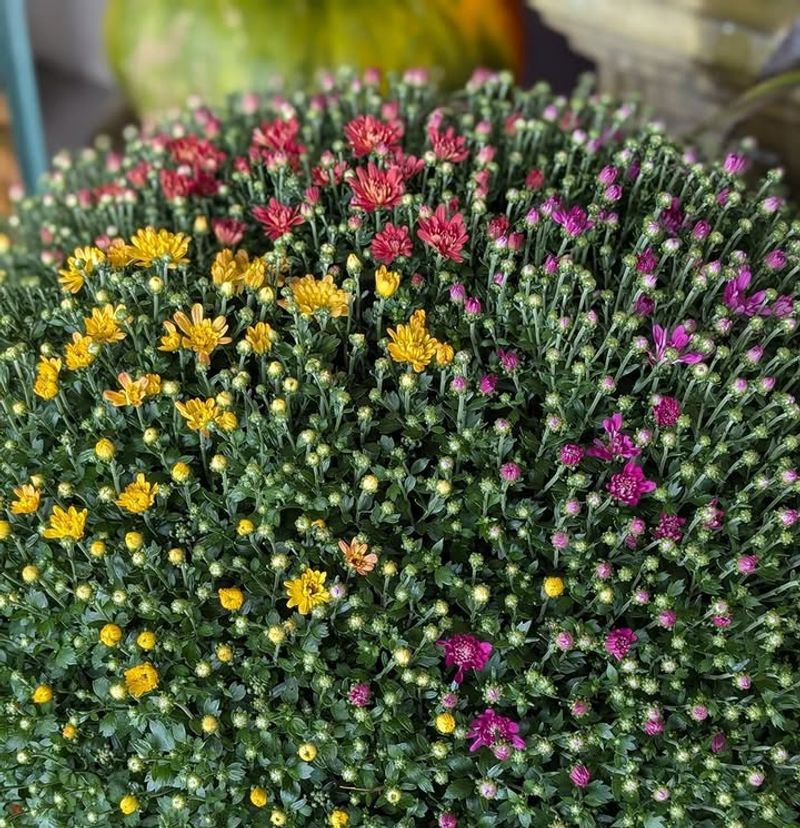Chrysanthemums light up New Jersey gardens just as summer blooms fade away. They’re fall’s showstoppers, thriving even when the weather starts to turn.
With a little care, mums can last through the season despite our unpredictable climate. Deadheading spent blooms and watering wisely go a long way.
I’ve found that with a few easy tricks, these hardy plants keep shining until the first hard frost. It’s a colorful send-off to the growing season.
1. Buy Buds, Not Blooms
Shopping for mums with tight, barely-opened buds guarantees longer-lasting color in your garden. Plants already in full bloom have likely spent their energy and won’t perform as long once you get them home.
Look for mums with green, healthy foliage and multiple buds showing just hints of color. These fresh specimens have weeks of flowering ahead, perfect timing for New Jersey’s extended fall season.
2. Water From Below, Not Above
Mums hate wet foliage! Directing water at the soil rather than spraying from overhead prevents fungal problems common in New Jersey’s humid fall weather.
Morning watering allows any splashed leaves to dry before evening temperatures drop. A soaker hose works wonderfully for this purpose, delivering moisture directly to roots without wetting delicate petals.
3. Mulch For Temperature Protection
New Jersey’s fall temperature swings can stress mums. Applying 2-3 inches of pine bark or straw mulch around plants creates a protective barrier against these fluctuations.
Good mulching moderates soil temperature and retains crucial moisture. The insulation effect particularly helps during those surprise cold snaps we often experience in October, keeping roots comfortable when air temperatures plummet overnight.
4. Pinch Spent Blooms Regularly
Deadheading makes a remarkable difference in extending your mums’ flowering season. Removing faded blooms redirects the plant’s energy toward developing new flowers instead of seeds.
Simply pinch off spent blooms with your fingers just below the flower head. This quick maintenance task, done every few days, can add weeks to your display in New Jersey’s lengthy autumn season.
5. Choose Hardy Varieties
Not all mums are created equal! Garden or hardy mums (Dendranthema) specifically bred for zones 5-6 withstand New Jersey’s climate better than florist varieties.
Varieties like ‘Sheffield Pink’ and ‘Clara Curtis’ reliably perform through our unpredictable fall weather. Hardy mums develop deeper root systems that better tolerate temperature fluctuations, making them true perennials rather than short-lived seasonal plants.
6. Shelter From Strong Winds
Fall storms bring gusty conditions that can damage delicate mum blossoms. Positioning plants near structures or larger shrubs creates natural windbreaks that protect fragile stems and flowers.
Eastern exposures work particularly well in New Jersey gardens, offering morning sun while shielding from afternoon winds. Consider temporary burlap screens for exposed locations when nor’easters or other strong weather systems approach.
7. Apply Balanced Fertilizer
Feeding mums properly fuels extended blooming. Apply a balanced, water-soluble fertilizer (10-10-10) at half strength every two weeks until mid-October.
New Jersey’s growing season often extends well into November, so proper nutrition keeps plants performing. Avoid high-nitrogen formulas which promote leafy growth at the expense of flowers – exactly what you don’t want in autumn!
8. Proper Container Drainage
Container-grown mums need excellent drainage to prevent root rot, especially during New Jersey’s rainy fall days. Choose pots with multiple drainage holes and elevate them slightly using pot feet.
Adding a layer of gravel at the container bottom improves water movement. Checking pots after heavy rainfall prevents waterlogging, as saturated roots quickly lead to plant decline even when the rest of the plant looks healthy.
9. Morning Sun Positioning
Strategic placement maximizes bloom longevity in our Northeast climate. Locations receiving morning sun with afternoon shade keep flowers from overheating during unexpected warm spells that occasionally hit New Jersey in autumn.
Eastern exposures prove ideal, allowing dew to dry quickly while protecting from intense midday rays. This lighting balance extends bloom time significantly compared to full-sun locations where flowers fade faster.
10. Protect From Early Frost
New Jersey’s first frost often arrives while mums are still blooming beautifully. Covering plants with lightweight fabric (not plastic) when temperatures drop below 32°F preserves flowers through cold snaps.
Old bed sheets work perfectly for this purpose. Remove covers in the morning once temperatures rise to prevent heat buildup. This simple protection can extend your display by weeks, especially during our typically variable fall weather patterns.


